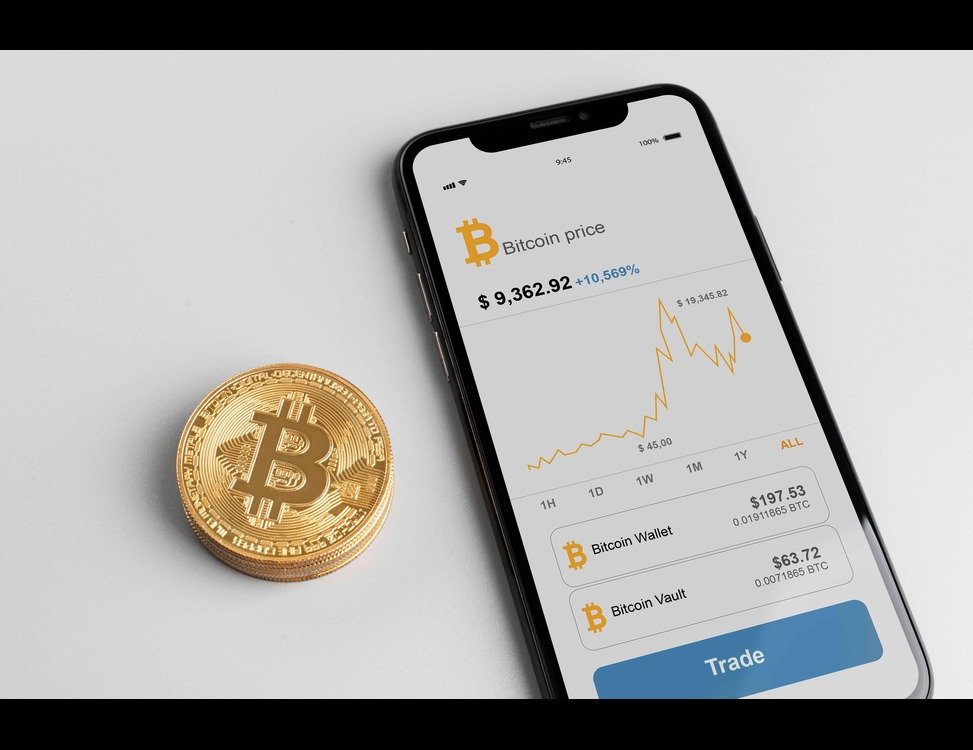The idea of becoming an investor without money may sound like a contradiction. Traditionally, investing conjures images of stock portfolios, Crypto, real estate purchases, and large sums of capital. However, there are pathways to becoming an investor even if you start with little to no money. By leveraging knowledge, skills, and innovative financial strategies, it’s possible to begin your investment journey from ground zero.
Basic Concept of Investing Without Money

Investing without money means using alternative strategies to grow wealth. These methods typically require time, effort, and creativity instead of capital. By understanding and applying these techniques, anyone can start on the path to financial growth.
Sweat Equity: Investing Your Time and Skills
Sweat equity involves investing your time and skills instead of money. Here are some ways to do this:
- Freelancing: Offer services in areas where you have expertise. This can range from graphic design to writing to web development.
- Start a Side Hustle: Use your talents to create a side business. Whether it’s baking, tutoring, or crafting, turning your hobbies into income can be an effective investment strategy.
- Bartering Skills: Exchange your skills with others who can provide services or products you need, thereby saving money and building networks.
Networking: Leveraging Relationships for Opportunities
Building a robust professional network can open doors to investment opportunities without requiring money upfront. Networking can help you find mentors, partners, or even potential clients who can provide resources or funding.
- Attend Industry Events: Participate in conferences, workshops, and meetups.
- Join Online Communities: Engage in forums, LinkedIn groups, and social media platforms relevant to your industry.
- Offer Value First: Provide help or insights without expecting anything in return. This can build goodwill and open future opportunities.
Learning and Knowledge: Investing in Your Education
Investing in your education can yield high returns in the long run. Here are ways to educate yourself without spending money:
- Online Courses and Webinars: Many platforms offer free courses on investing, finance, and business.
- Library Resources: Use local library resources to access books, journals, and other educational materials.
- Mentorship Programs: Seek out mentors who can provide guidance and share their experiences.
Creative Investment Strategies
Some investment strategies don’t require large amounts of capital. Here are a few options:
Crowdfunding and Peer-to-Peer Lending
Crowdfunding platforms like Kickstarter and GoFundMe allow you to invest small amounts of money in projects or startups. Peer-to-peer lending platforms like LendingClub or Prosper enable you to lend money to individuals or small businesses for a return on investment.
Micro-Investing Apps

Micro-investing apps like Acorns, Stash, and Robinhood allow you to start investing with very small amounts of money. These apps round up your daily purchases to the nearest dollar and invest the spare change, making it easy to start building a portfolio with minimal funds.
Dividend Reinvestment Plans (DRIPs)
DRIPs allow you to reinvest dividends earned from stocks back into the company’s stock. This can be done automatically and often without any fees, enabling your investment to grow over time without additional capital.
Real Estate Investment Trusts (REITs)
REITs are companies that own, operate, or finance income-producing real estate. Investing in REITs can provide a way to invest in real estate without the need for significant capital. Many REITs can be purchased through brokerage accounts with minimal initial investments.
Investing in Yourself
One of the most effective ways to invest without money is to invest in yourself. This means improving your skills, expanding your knowledge, and growing your network. Over time, these investments can lead to better job opportunities, higher income, and the ability to start investing financially.
Practical Steps to Start Investing Without Money
Step 1: Set Clear Financial Goals
Define what you want to achieve with your investments. Whether it’s building an emergency fund, saving for a house, or planning for retirement, clear goals will guide your investment strategy.
Step 2: Create a Budget
A budget helps you manage your finances and identify areas where you can save money. This saved money can then be used for investing.
Step 3: Build an Emergency Fund
An emergency fund ensures that you have money set aside for unexpected expenses, reducing the need to liquidate investments prematurely.
Step 4: Start Small
Begin with small, manageable investments. Micro-investing apps, DRIPs, and REITs are excellent starting points.
Step 5: Continuously Educate Yourself
Stay informed about investment strategies and financial markets. Continuous learning will help you make informed decisions and adapt to changing market conditions.
Step 6: Network and Seek Mentorship
Connect with experienced investors and seek mentorship. Their insights can provide valuable guidance and help you avoid common pitfalls.
Leveraging Technology
Technology has made it easier than ever to start investing with little to no money. Here are some tools and resources that can help:
Investment Apps
- Acorns: Invests spare change from your purchases.
- Stash: Allows you to invest in fractional shares.
- Robinhood: Provides commission-free trading of stocks, ETFs, NFT, and cryptocurrencies.
Financial Education Platforms
- Coursera and edX: Offer free courses on finance and investing.
- YouTube: Hosts numerous channels focused on personal finance and investing.
- Podcasts: Shows like “BiggerPockets” and “The Dave Ramsey Show” provide financial advice and investment strategies.
Social Media and Online Communities
- Reddit: Subreddits like r/investing and r/personalfinance.
- LinkedIn: Groups focused on investment and financial education.
- Facebook Groups: Communities centered around specific investment strategies.
Building a Long-Term Investment Mindset
Developing a long-term investment mindset is crucial for success. This involves:
- Patience: Understand that investing is a marathon, not a sprint.
- Discipline: Stick to your investment plan and avoid emotional decisions.
- Resilience: Be prepared for market fluctuations and economic downturns.
Comparison of Investment Strategies

| Strategy | Initial Capital Required | Risk Level | Potential Return | Time Investment |
|---|---|---|---|---|
| Sweat Equity | None | Low | High (depends on skill) | High |
| Crowdfunding/Peer-to-Peer Lending | Low | Medium | Medium | Medium |
| Micro-Investing Apps | Very Low | Low | Medium | Low |
| DRIPs | Low | Low | Medium | Low |
| REITs | Low | Medium | Medium to High | Medium |
| Investing in Yourself | None | Low | High (depends on personal growth) | High |
Conclusion
Starting your investment journey without money is entirely possible. By leveraging sweat equity, networking, continuous education, and creative investment strategies, you can build a solid foundation for future financial growth. The key is to remain patient, disciplined, and committed to your goals. With the right approach and mindset, you can become an investor and build wealth over time, regardless of your starting point.
By following these guidelines, anyone can start on the path to becoming an investor without needing significant initial capital. Remember, the most important investment you can make is in yourself and your knowledge.


